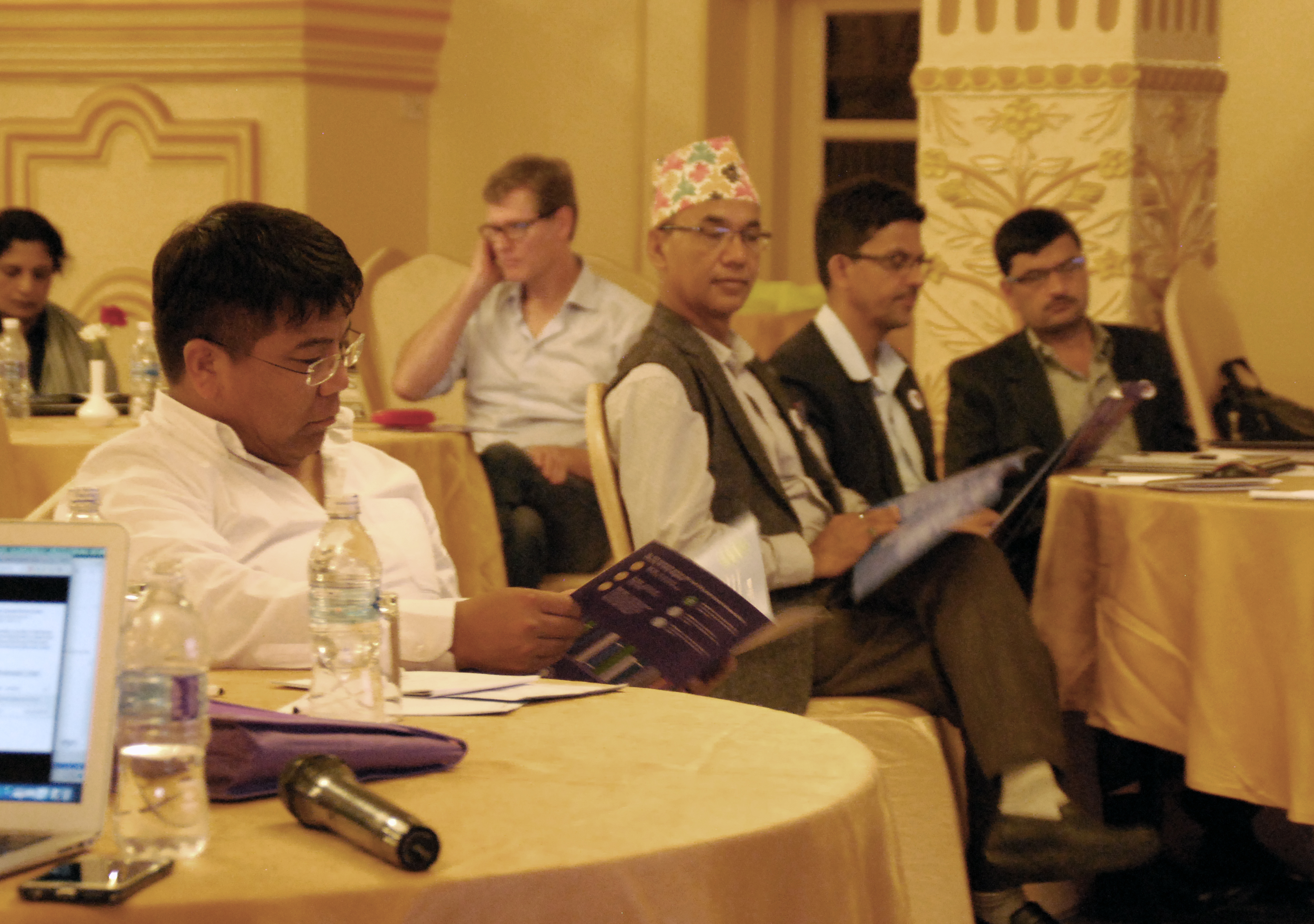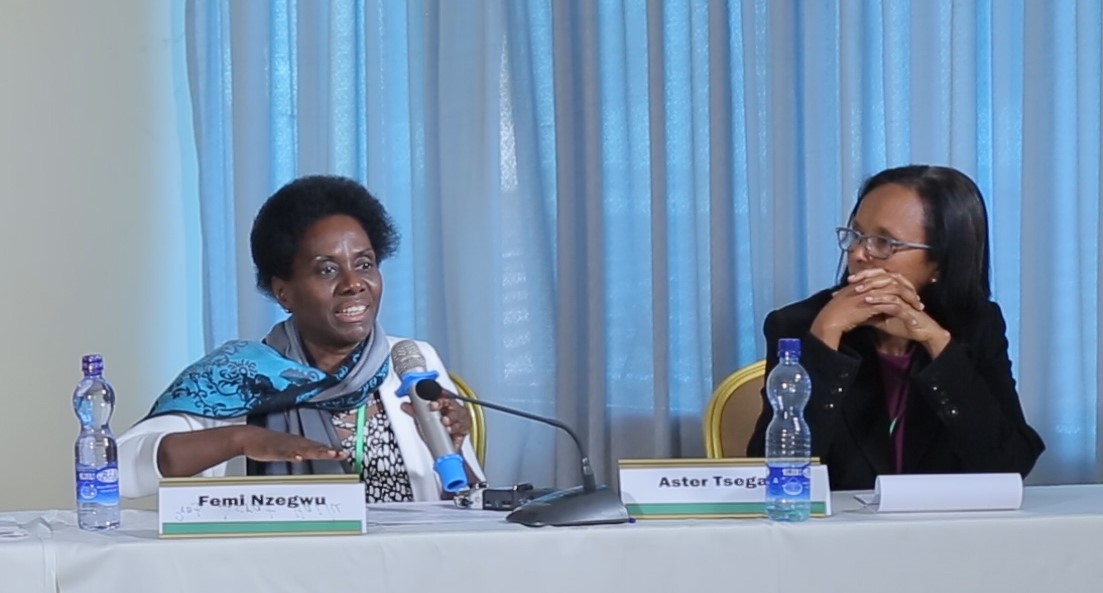In an article based on her presentation at the Council of Science Editors Annual Meeting in May 2019, Siân Harris, communications specialist at INASP, a UK-based nongovernmental organization dedicated to putting equitable research and knowledge at the heart of development, discusses inequity in research communication and how journal editors can help redress the balance.
There is much talk at the moment about diversity and inclusion in research, as well as an encouraging rise in the appearance of this topic in conference programs and other discussions. There is broad agreement that inclusion and diversity are good aims, but what do they actually look like in practice in scholarly communication in a global context?
Throughout INASP’s history we have seen the increased challenges that many researchers in low- and middle-income countries face as compared with those in high-income countries. Over the past year, these inequities in research were central themes for a series of national dialogue events held with partners.1 These meetings, which took place in Bangladesh, Ethiopia, Tanzania, and Uganda, brought together a range of stakeholders to discuss the challenge of equity in research and research communication in these countries. Identifying inequities today—at global and local levels—is vital for ensuring greater diversity and inclusion in the future.
Global Imbalances
Perhaps the global inequity that is most discussed in the Global North publishing sector is access to scholarly information. The traditional subscription-based model disadvantages researchers in institutions and countries without the means to pay for subscriptions.
This situation gave rise to several research access initiatives that have been supported by major publishers. For many years, INASP ran a program that negotiated with publishers for free or low-cost access for library consortia in low- and middle-income countries. In recent years, we helped these library consortia to grow their capacity in these negotiations and helped publishers and consortia to understand each other’s situations better so that now these relationships happen directly without INASP’s involvement. Many publishers also work with Research4Life and other initiatives to provide similar access in lower-income countries.
The challenge of lack of access to scholarly materials for researchers in resource-constrained situations has also been one of the ongoing cases presented for Open Access. In practice, though, many discussions about Open Access approaches have taken place without the involvement of stakeholders in the Global South.
It should also be noted that, for authors, commercial Open Access can also bring a disadvantage. Some journals have very high article publication charges (APCs), and although many publishers offer full or partial waivers for researchers in low- and middle-income countries, research that we have done at INASP suggests that many authors are still paying APCs, often out of their own pocket. It is not clear whether this is because these authors are ineligible for waivers or because they are unaware of the possibility of requesting them. However, the recent findings2 that researchers in low-income countries publish more in Open Access journals than do researchers from lower-middle-income countries suggests that availability—or lack of availability—of full APC waivers is a factor. If that is the case, it may also suggest that researchers are less aware of Open Access journals that don’t charge APCs, an approach taken by many journals in the Global South.
Authors, Reviewers, and Editors
What’s more, funding from the Global North often has an influence on shaping the research agenda of countries in the Global South.
Cost is far from the only barrier, however. In an arena where the English language is so dominant, there are inevitable biases against people who have less than perfect English. And this also extends to those with less knowledge of how to structure and write a research paper and those with less understanding of the publishing system and sector and how to navigate them. Our AuthorAID project4 has been working on this challenge for many years, providing online and face-to-face training in research writing as well as a range of resources and an online mentoring platform.
Similar imbalances arise when it comes to peer review. In 2018 for Peer Review Week, we ran a series of blog posts5 providing perspectives from researchers in Africa and South Asia on their experiences of peer review. They talked about challenges that they have experienced both as authors and as reviewers, including assumptions and practices that are not appropriate for their context, as well as the fact that grammar and spelling errors are noticed more than the quality of the research. They also talked about having fewer opportunities to serve as peer reviewers and about the lack of training and support when there are opportunities to review, which can have implications for review quality.
There have been similar observations6 about the geographical diversity, or otherwise, of editorial boards.
Journals Are Published Worldwide
It is also noticeable that discussions about scholarly publishing tend to focus on large publishers that will pretty much all be based in North America and Western Europe.
But this is not an accurate representation of the global picture of scholarly publishing. Thousands of journals are published in low- and middle-income countries. Many have been publishing, quietly, for many years and have made a huge contribution to and are hugely valued within their academic and professional communities. However, many are not widely known beyond—or sometimes even within—their countries.
This means that these journals, which are often small, scholar-led titles, are less discoverable and often are not included in the lists of titles for consideration in promotion decisions. This, in turn, reinforces the perceived dominance of publishing activities from Europe and North America in global scholarly communication and leaves journals in the Global South with a bigger challenge in order to be seen as credible.
In response to these inequities in terms of resources and how well the journals are known, African Journals Online (AJOL) and INASP recently launched Journal Publishing Practices and Standards (JPPS),7 which is initially being used to assess and guide the 900+ journals across AJOL and the other Journals Online platforms that INASP has been involved with throughout Latin America and Asia.

The JPPS framework has a robust assessment criteria for the quality of publishing practices of journals in the Global South. The JPPS levels that are awarded to journals serve a dual purpose. For journal editors, the detailed feedback from the JPPS assessment helps them to identify ways to improve their publishing practices and standards with a view to achieving a higher level at the next assessment. Additionally, the independent, internationally recognized set of criteria helps the journals to become more visible and provides readers and authors with assurance of the credibility of these titles.
Local Inequities
There are also inequalities among individuals and groups, with the same kind of diversity and inclusion issues that exist everywhere. A particular area that we have been focusing on is gender. Our dialogue events recognized the great contributions that women and men have both made to their societies and emphasized that women and men must both benefit from any solutions that are advanced to promote gender equity.

How to Improve Global Diversity in Journals
I will conclude with some recommendations for some ways that journal editors worldwide can improve global diversity in their journals:
- Think about what “counts” as research for inclusion in an academic journal. How much are the definitions of what is seen as “globally significant” set by what is familiar or seems significant to editors in the North? Do those definitions exclude research ideas or approaches from the rest of the world?
- Think about the geographical diversity of your authorship, reviewer base, and editorial board. Is there good research that you are missing because the papers take more time to edit? Are you defaulting to a regular “easy” pool of reviewers? Are there resources or training opportunities that you could point your authors and reviewers to (e.g., AuthorAID)?
- Beyond geographical diversity, dig deeper into your pool or authors, editors, and reviewers. Are they mainly men? Are they mainly from universities in capital cities? Have they studied abroad? Are they predominantly from one region of a country? Some of these questions will be hard to answer from the details submitted with a journal paper, but they are worth bearing in mind in author surveys.
- In monitoring and reporting on diversity, make sure that Africa, for example, is treated as a continent, not as a country. Having the same number of authors from Africa as from Canada, for example, is not the right ultimate target; the population of Canada is approximately five million less than that of Uganda, and a researcher from Ethiopia is no more represented by a journal paper from South Africa than a researcher from Croatia is represented by a paper from the UK.
And finally, journal editors are very welcome as mentors in AuthorAID. It is a simple process to sign up to, the commitment doesn’t have to be huge, and the experience is very rewarding.8
Equity in research and knowledge ecosystems is an underlying theme of our work at INASP. If you would like to know more, we have published some thoughts on our current thinking.9
Links
- http://blog.inasp.info/dialogue-event-overview/
- https://journals.plos.org/plosone/article?id=10.1371/journal.pone.0220229
- https://rethinkingresearchcollaborative.com/2018/10/04/research-report-promoting-fair-and-equitable-research-partnerships-to-respond-to-global-challenges/
- http://www.authoraid.info/en/
- http://blog.inasp.info/address-geographical-diversity-peer-review-include-southern-voices/
- https://twitter.com/BullMarSci/status/1125385025191645190
- https://www.journalquality.info/en/
- https://www.authoraid.info/en/mentoring/
- https://www.inasp.info/EquitableKnowledgeEcosystems
Siân Harris is communications specialist at INASP.
